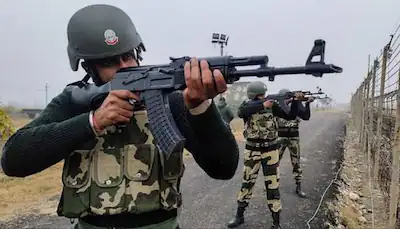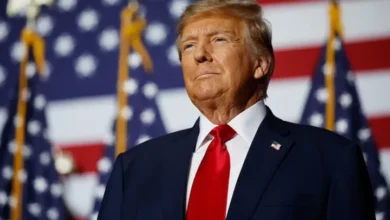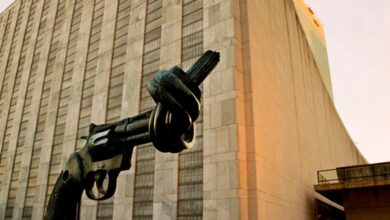Tensions as India-Pakistan clashes hours after fragile ceasefire deal

India and Pakistan on Saturday, May 10, announced a ceasefire after intense U.S.-led diplomatic pressure ended four days of cross-border fighting.
The truce follows deadly military exchanges that had killed dozens and raised fears of a broader regional conflict.
Within hours of the ceasefire agreement, violation were reported in multiple locations across Indian-administered Kashmir.
According to a tweet posted by a twitter user, Omar Abdullah : What the hell just happened to the ceasefire? Explosions heard across Srinagar!!!
Residents in Srinagar and Jammu also confirmed loud explosions and saw flashes lighting up the night sky on Saturday evening.
Officials and witnesses confirmed the renewed shelling resembled the violence seen during the previous night’s exchanges.
The Indian and Pakistani militaries did not immediately respond to requests for official comment on the ceasefire breaches.
The brief calm after the agreement quickly gave way to confusion and renewed fear among civilians on both sides.
The U.S. government confirmed it helped broker the ceasefire deal through high-level talks with Indian and Pakistani leadership.
U.S. President Donald Trump, announced the ceasefire breakthrough on Saturday afternoon, on his Truth Social platform.
He said both governments had “agreed to halt hostilities immediately” and resume direct communication through military channels.
Saturday’s ceasefire aimed to stop the bloodiest flare-up between the nuclear rivals in nearly 30 years.
At least 66 civilians have died in the recent fighting, with hundreds more wounded, according to local and international monitors.
Pakistani media reported damage to civilian homes, schools, and infrastructure in border towns along the Line of Control (LoC).
Indian authorities described attacks on border villages and army outposts, forcing evacuations in several areas of Jammu and Kashmir.
Military escalation reached alarming levels when Pakistan’s National Command Authority, which oversees its nuclear arsenal, held an emergency session.
Analysts expressed concern that rising tensions could trigger miscalculation in one of the world’s most militarized zones.
Despite decades of rivalry, India and Pakistan have often relied on backchannel diplomacy to contain flashpoints.
The ceasefire agreement includes plans for senior military officers from both countries to speak again on May 12.
Both sides agreed to restore existing communication lines and exchange information to prevent future misunderstandings.
However, mutual distrust remains high, especially following recent high-casualty strikes and conflicting territorial claims over Kashmir.
Civilians living along the LoC remain vulnerable, with little shelter or support during abrupt outbreaks of hostilities.
Local NGOs and the Red Cross have called for immediate humanitarian assistance in affected zones.
“We need urgent access to those displaced and injured,” said a humanitarian worker based in Srinagar.
Observers say sustained peace will depend on political will, not just temporary military restraint.
International actors, including China, the U.N., and the European Union, urged both sides to maintain the ceasefire.
Pakistan’s Prime Minister and India’s Foreign Minister are expected to issue separate statements later this week.
As tensions persist, people in Kashmir remain on edge, hoping for stability after another period of intense violence.
Post Views: 37





